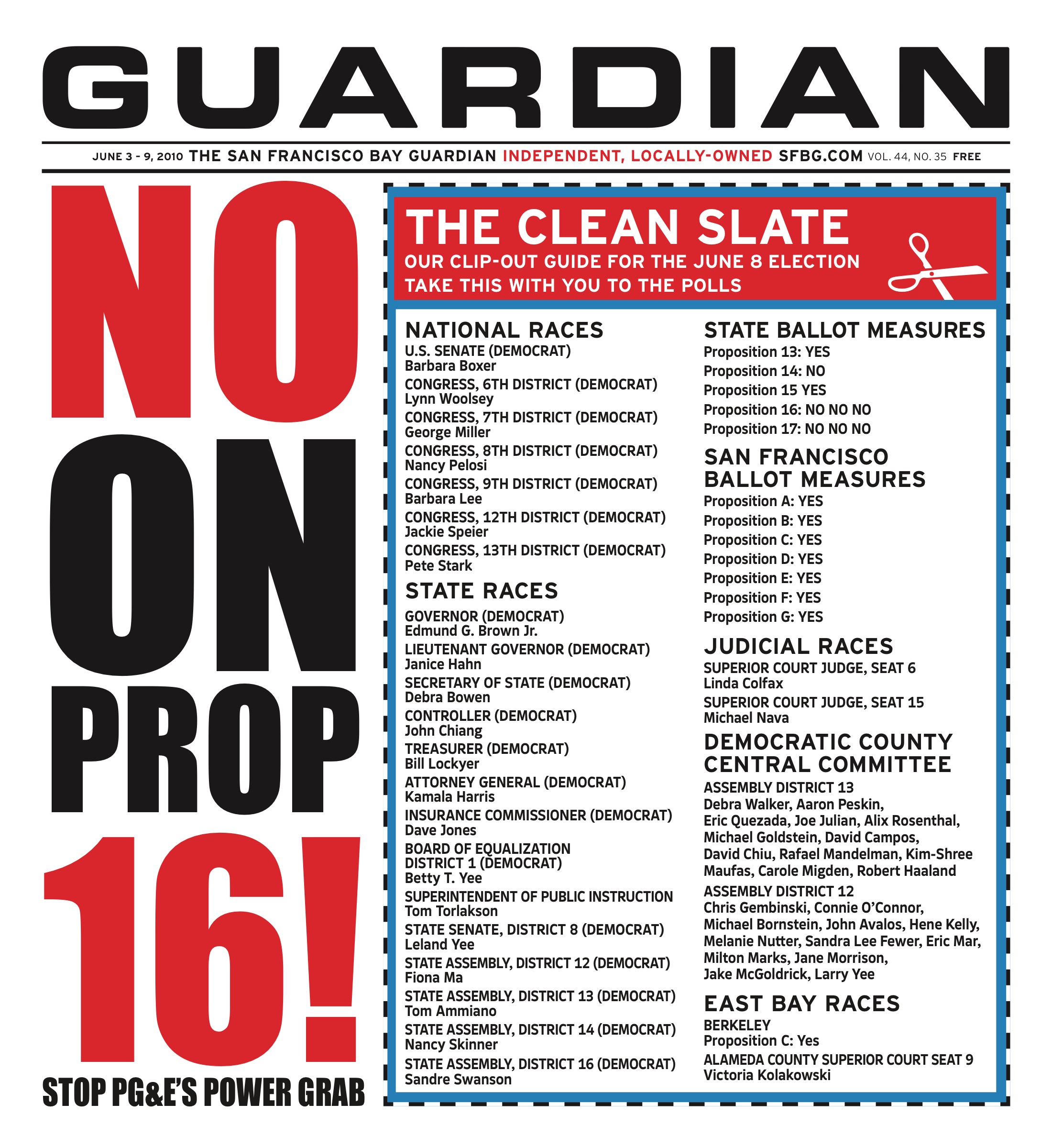arts@sfbg.com
MUSIC A jazz bassist, a roadhouse blues accordionist, and a psychedelic guitarist all walk into a bar. A few years ago, this could have been a joke with a good punchline, but these days, it’s more likely to be the actual lineup of a really good show.
The traditional guidelines for booking bands have become more or less irrelevant in the brave wave of junkyard-industrial-gypsy-calypso fusion mashup with a side of no-wave-bhangra seeping its way onto the many small stages that proliferate in the Mission District. You can’t call it a new phenomenon; low-budget artists in the Mission have been banding together during tough economic straits for years. But while historically speaking there hasn’t been much of a movement to try to affix a label to these ephemeral allegiances, the father-and-son partnership of Sergei and Peter Varshavsky believe that the term “Mission music” can stand as a brand all its own. They’ve been working to develop it via their year-and-a-half-old music label, Porto Franco Records.
Founded in January 2009 by the St. Petersburg, Russia-bred Varshavskys, Porto Franco’s Mission mission is simple: they aim to provide a launching pad for the neighborhood’s hyper-local musicians — many of whom have been previously unsigned or underrepresented — while creating an identity that unities and represents their diverse clientele within a cohesive concept.
“There’s so much great stuff going on here,” Peter explains, ensconced comfortably in the Porto Franco Art Parlor and headquarters on Valencia Street. “Yet there’s no real way to bring it out of San Francisco. By combining the music under one brand, we could start saying San Francisco’s home to some of the most innovative and interesting and off-the-beaten-path music that’s being put out right now and you can find it all here [on Porto Franco].”
“Making San Francisco a musical destination nationwide — that’s one of the most important goals of our business,” Sergei adds.
Financially, it’s been an uphill slog for the fledgling company, but its artistic vision finally got a boost with the national attention garnered by its 10th release: Meklit Hadero’s On a Day Like This, featured on NPR even before the album hit the streets and written up all over the place since — from National Geographic to the Huffington Post.
“It was a breath of fresh air,” says Peter. “And helped to show us what works [promotionally] and what we can try to do next.” One thing they’ve recently done as a business is to slash their promotional budgets by two-thirds. “They weren’t paying for themselves,” explains Peter.
Sergei concurs: “One can spend thousands of dollars having all the billboards and the TV spots and stuff, but we don’t have those budgets. And anyway, you should like the music because you listened to the music, not just because you saw it on a billboard.”
In lieu of what the Varshavskys term “carpet-bombing” the media with hundreds of promotional CDs and costly advertising, Porto Franco has dedicated more energy toward helping their artists help themselves — getting them involved with social networking, website managing, cross-marketing with other labelmates, and so forth. They also target niche publications with their slow but steady output of new albums. The Varshavskys are acutely aware that it will take more than a few Facebook pages to create the kind of long-lasting impact they’re hoping Porto Franco’s musicians will have nationally.
Ultimately, they agree, what’s important is that musicians recognize the need to stay connected to their audiences — through online channels, yes, but most essentially, in-person. Citing their one non-Bay Area-based bandleader, Anna Gerasimova of Umka and Bro, who hails from Moscow, they describe an underground entity so iconic, yet so approachable, that despite practically no conventional marketing (easy to believe of a classic rock songstress born in the Cold War-era Soviet Union) she enjoys an international reputation and touring circuit.
“She can’t fill a stadium anymore,” Peter says, “but she can fill living rooms all over the world.”
“She played here!” Sergei interjects.
“It’s not a bad place to be,” Peter concludes. “She’s pretty happy staying an underground artist while everyone else has kind of grown up around her.” Most important, it seems Gerasimova is able to sustain herself as a musician without a massive publicity machine. It’s Porto Franco’s contention (and hope) that any working musician should be able to do the same.
Mark Growden, currently touring with his debut Porto Franco release St. Judas, couldn’t agree more. “It’s great to tour when you have the support of a label,” he says. “The peace of mind — it’s an amazing gift.” From emergency expenses such as car repairs and workaday business details like managing sales and mailing flyers, Porto Franco’s commitment to the well-being of their artists is particularly hands on.
Also evident is Porto Franco’s commitment to selecting artists and albums that might not appear to have anything in common outside of location, but that actually share one other very important quality. Here, again, Growden puts it best. “The musicianship is sophisticated. It’s local. It’s mature. It’s music that the artists are still going to be able to play 10 years from now and not be embarrassed by it. Porto Franco isn’t chasing a trend [by signing these acts]. These are all acts with integrity.”











